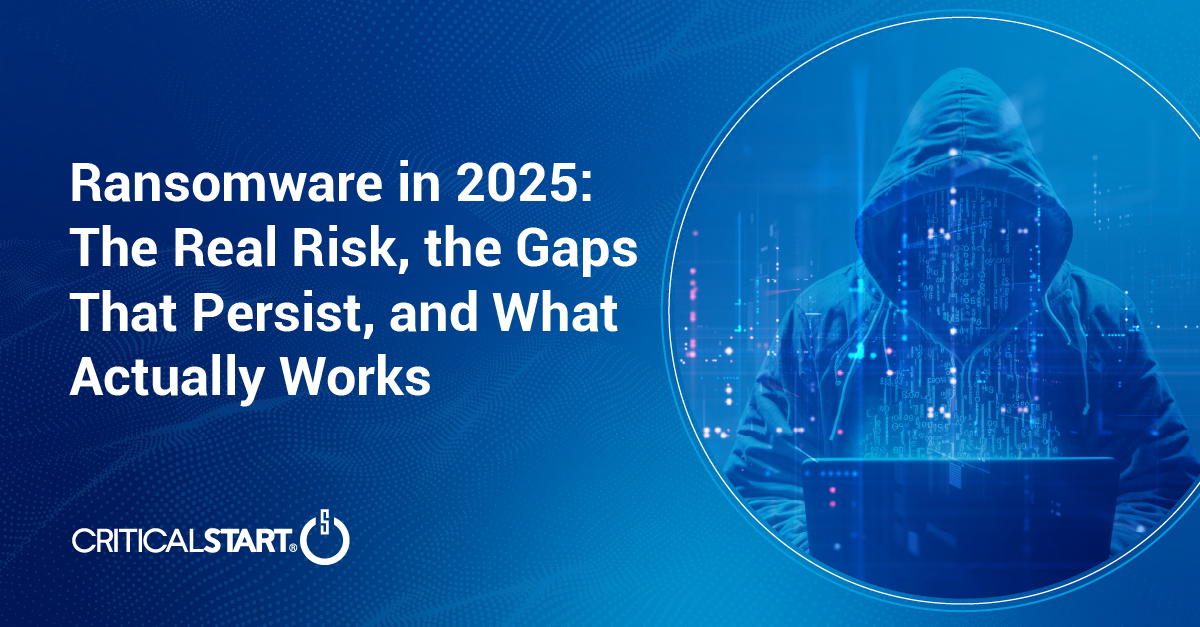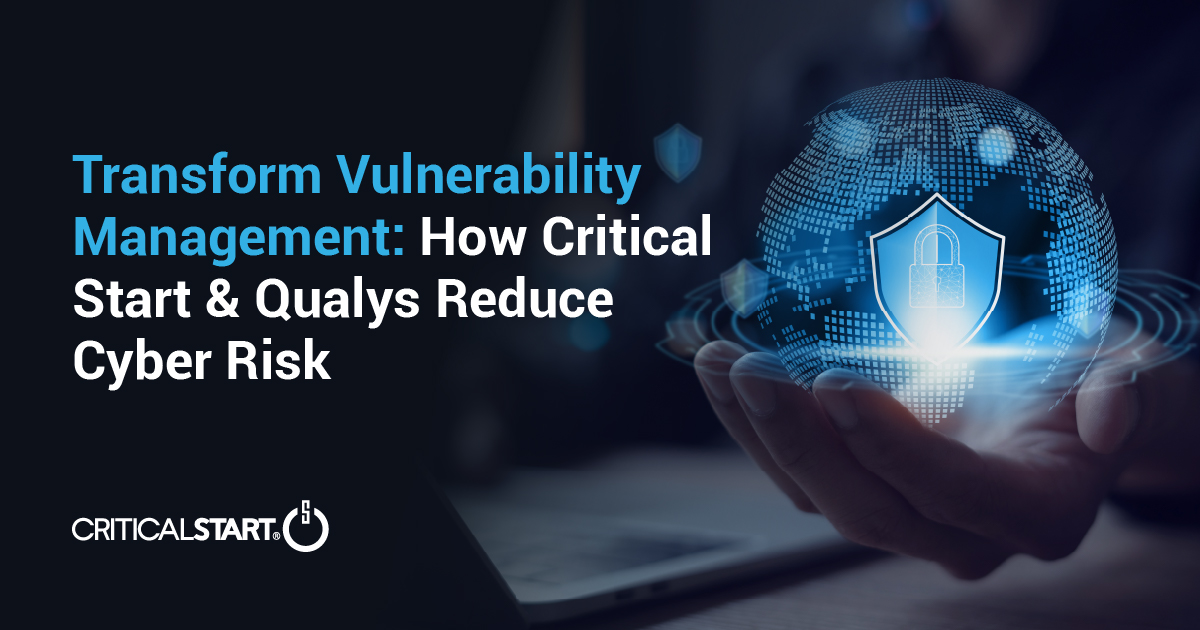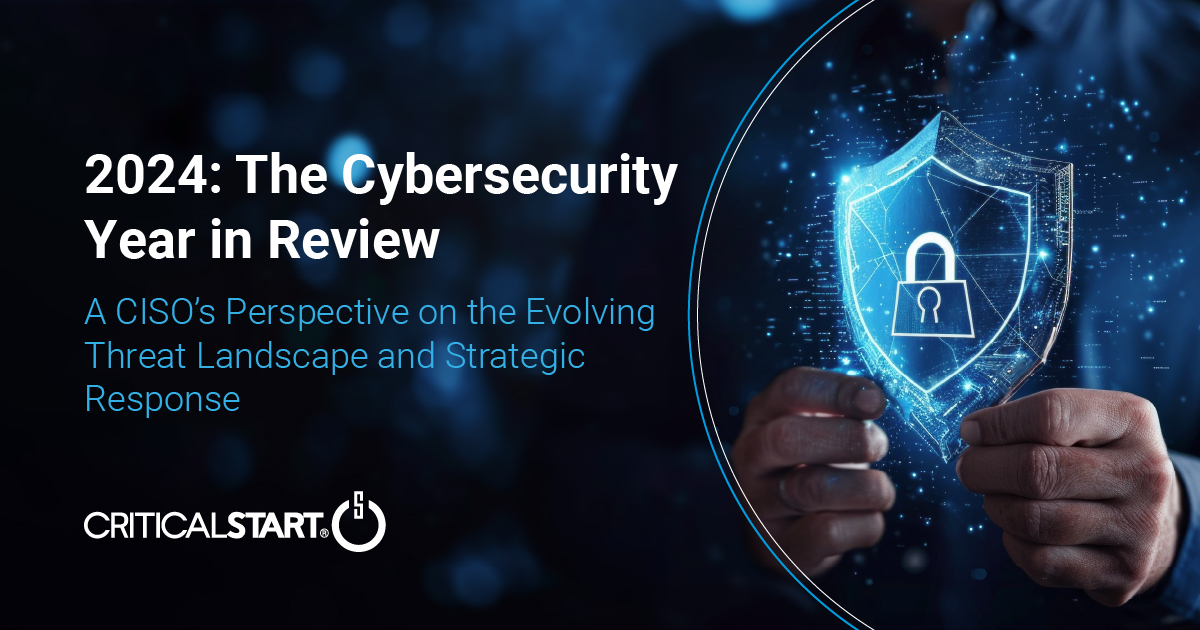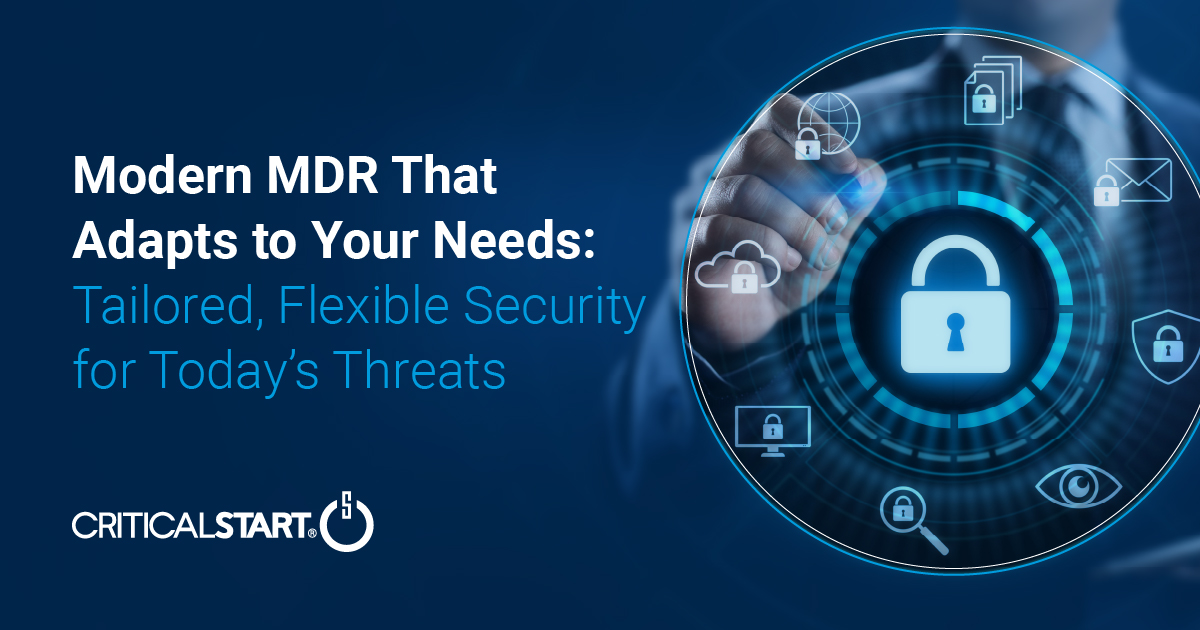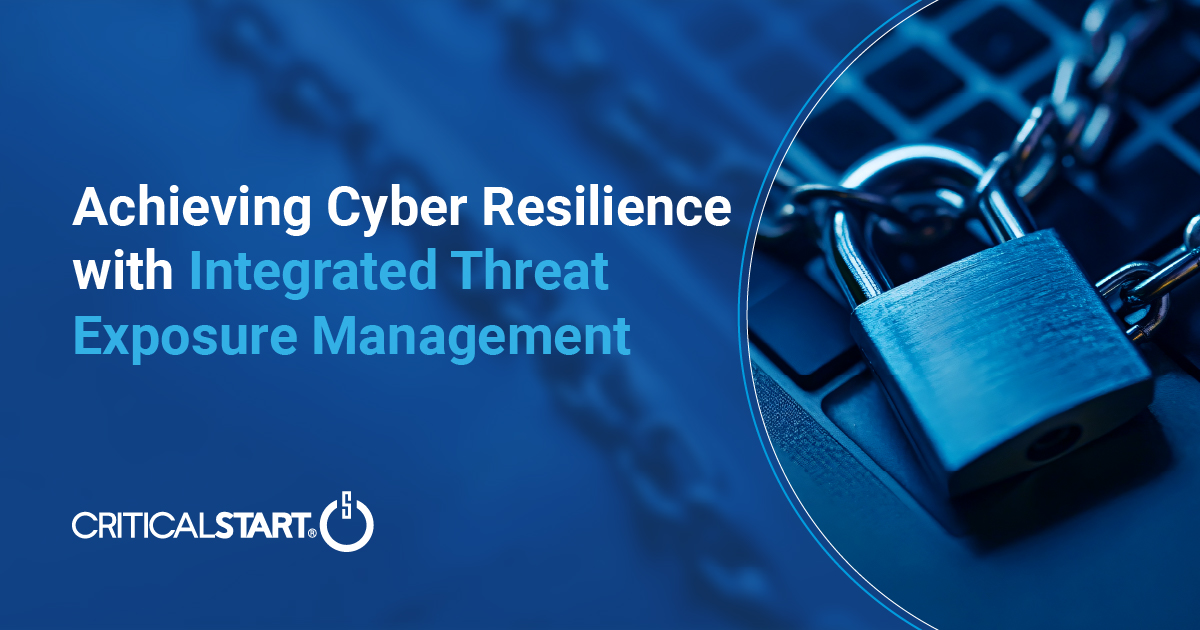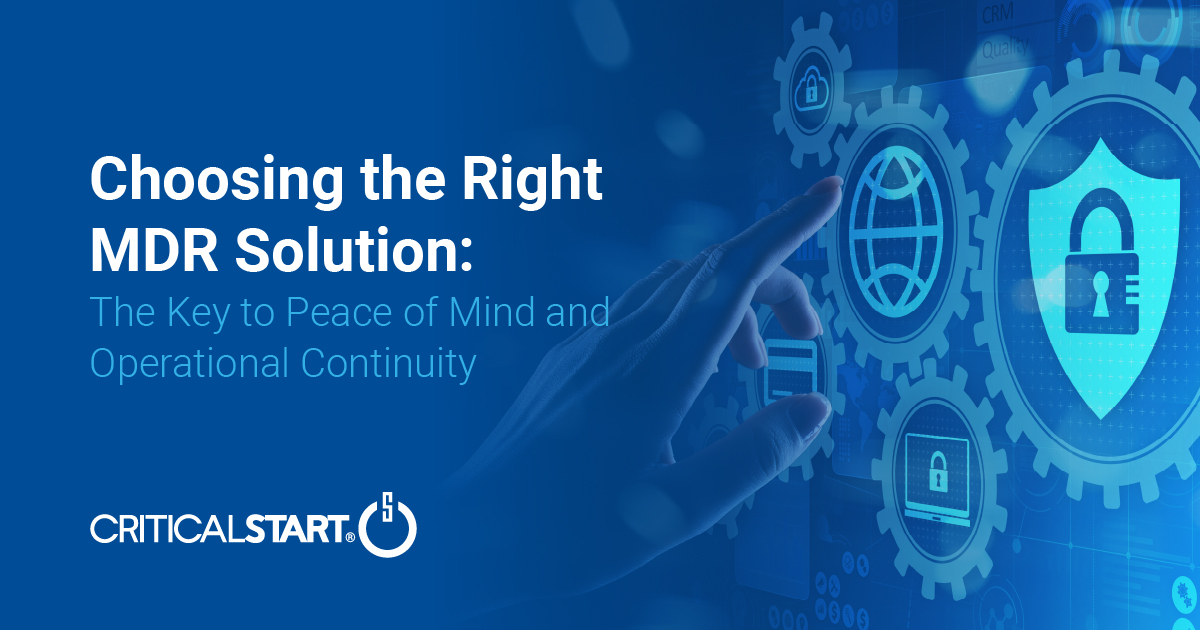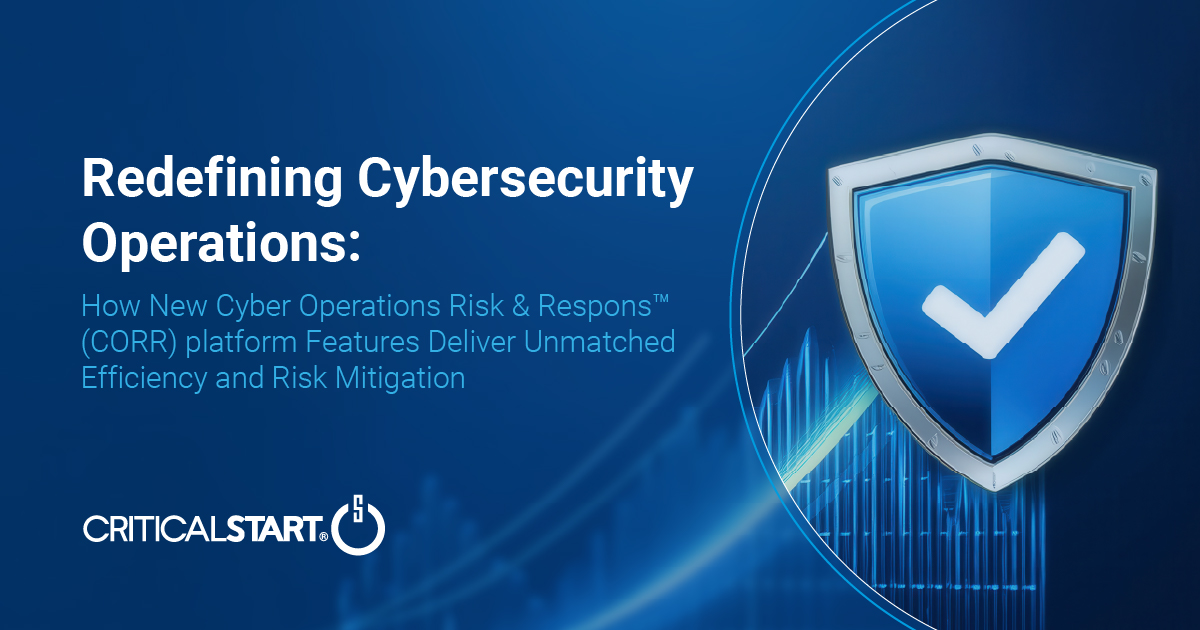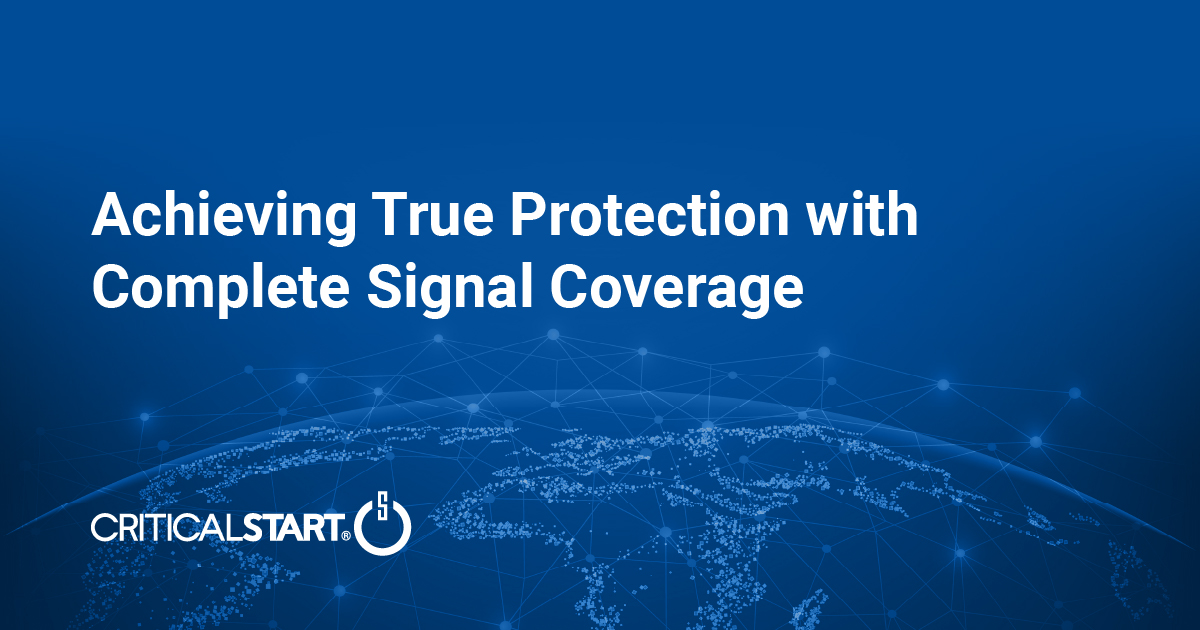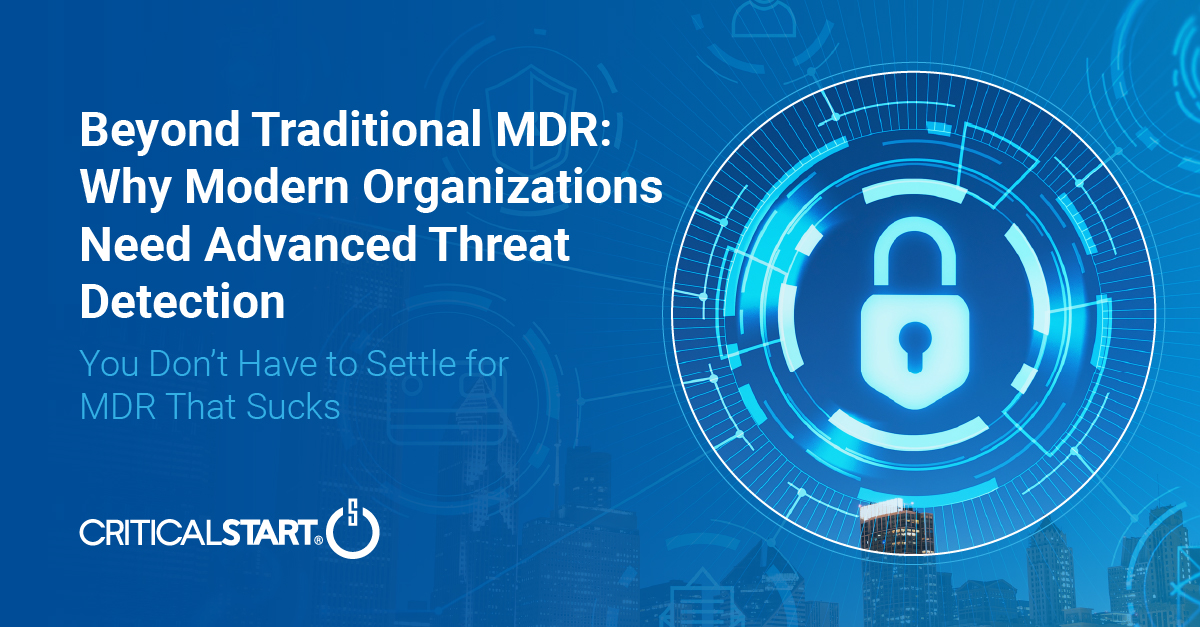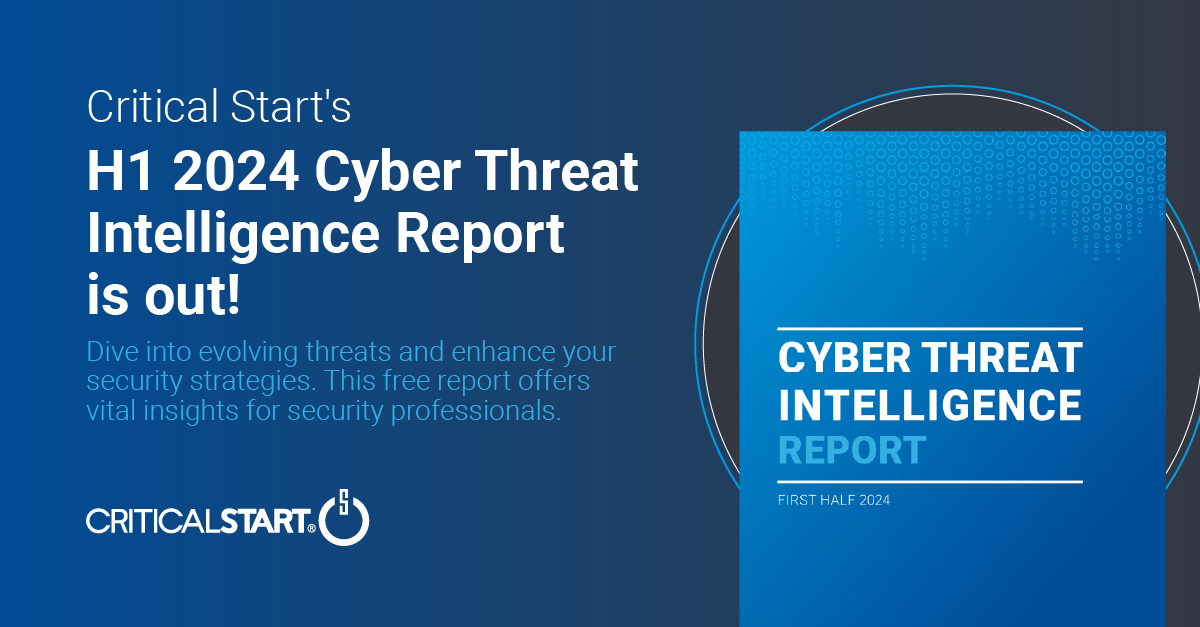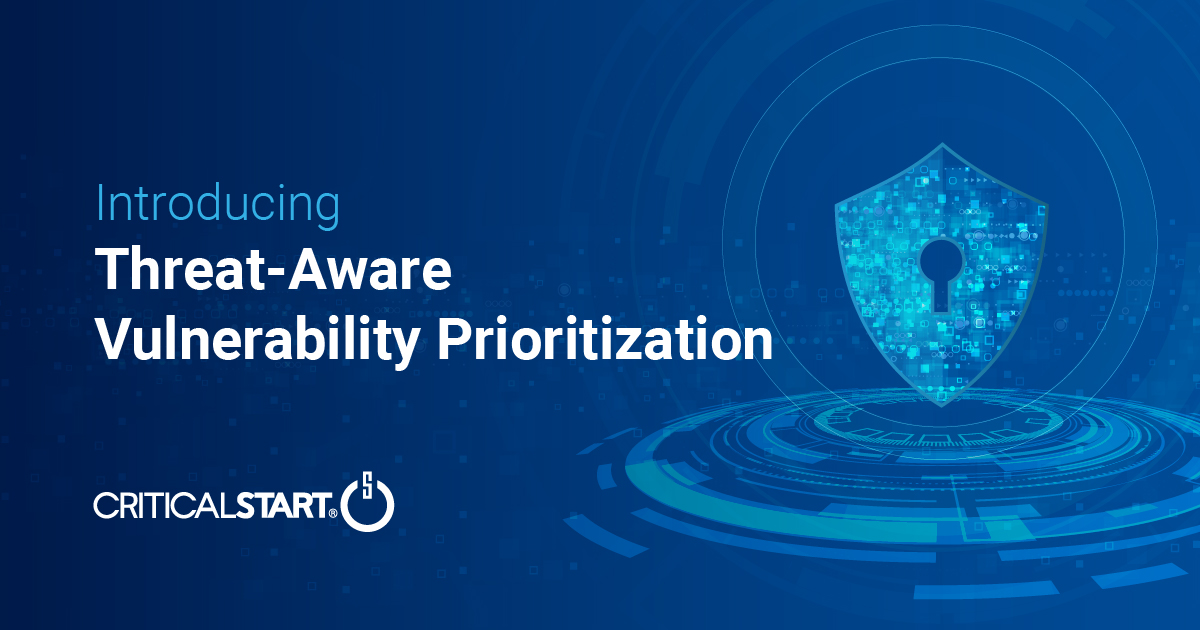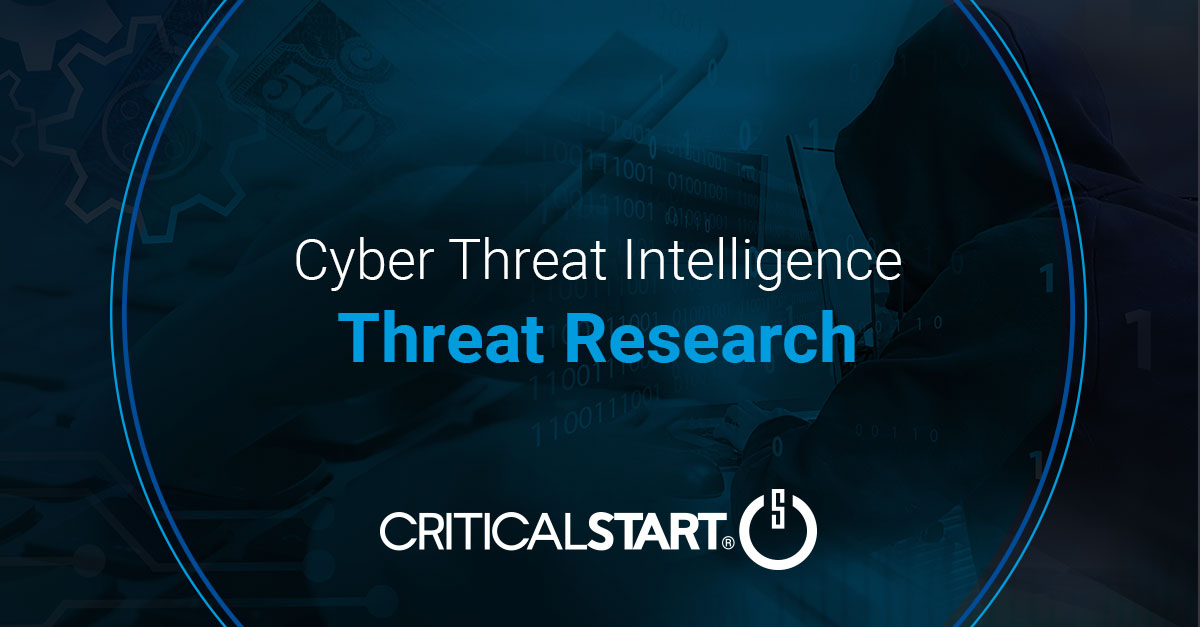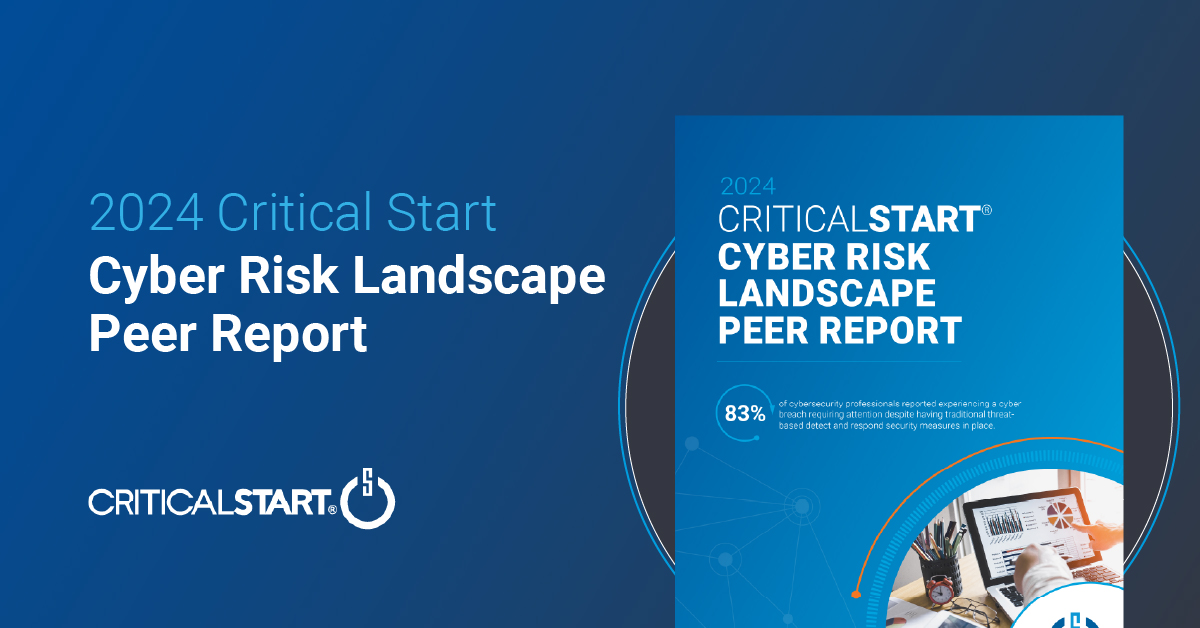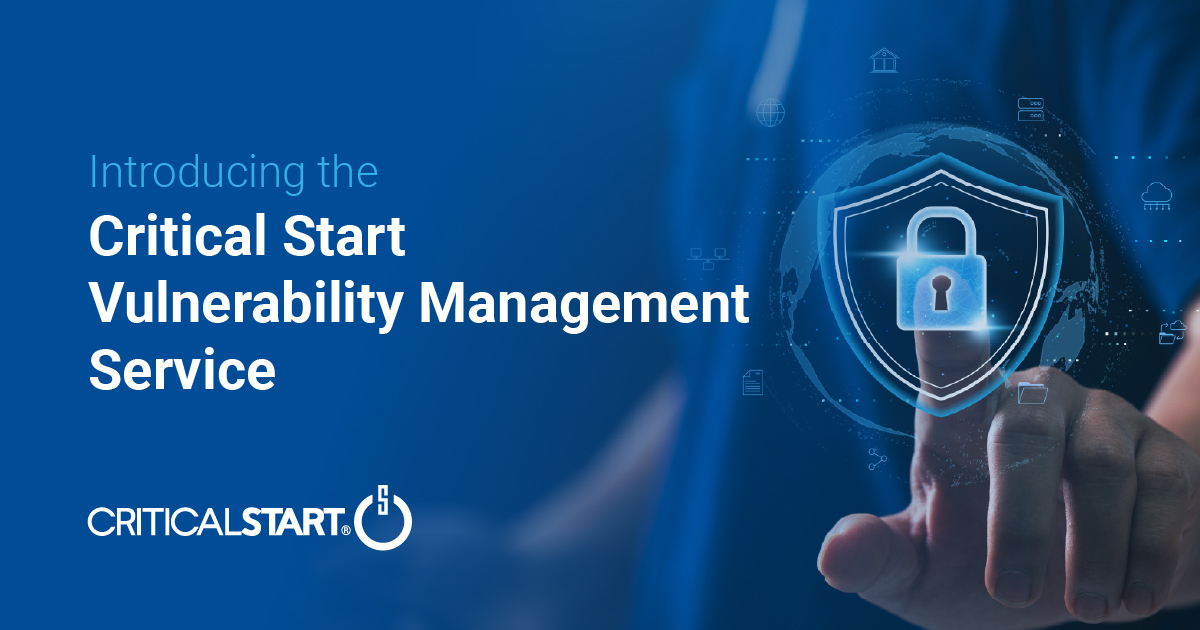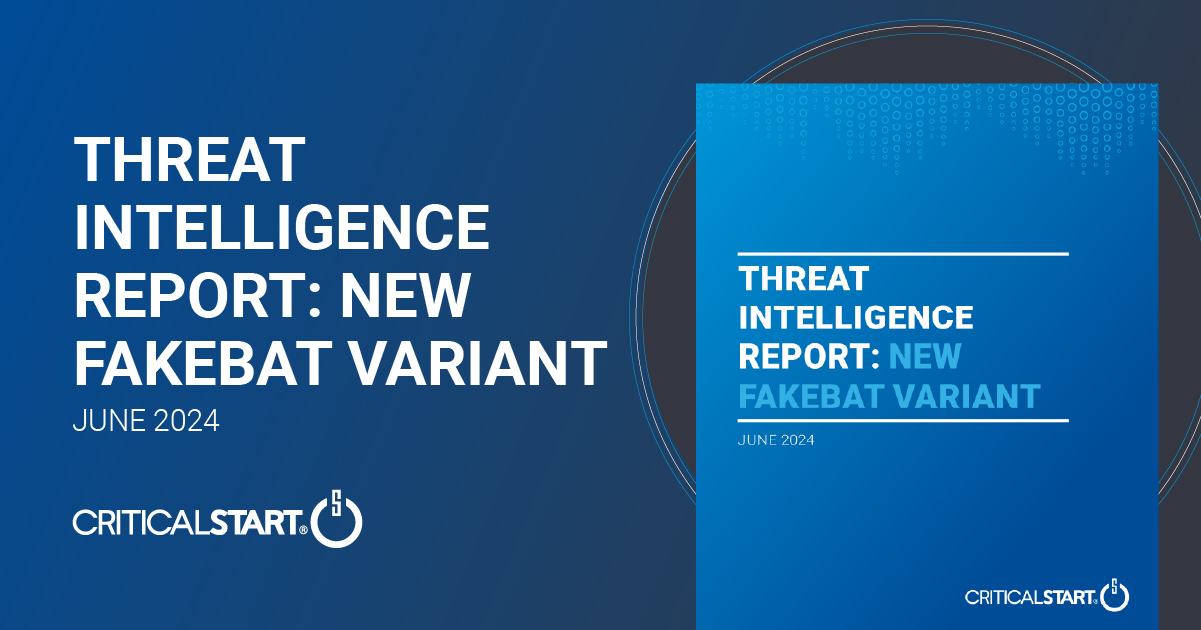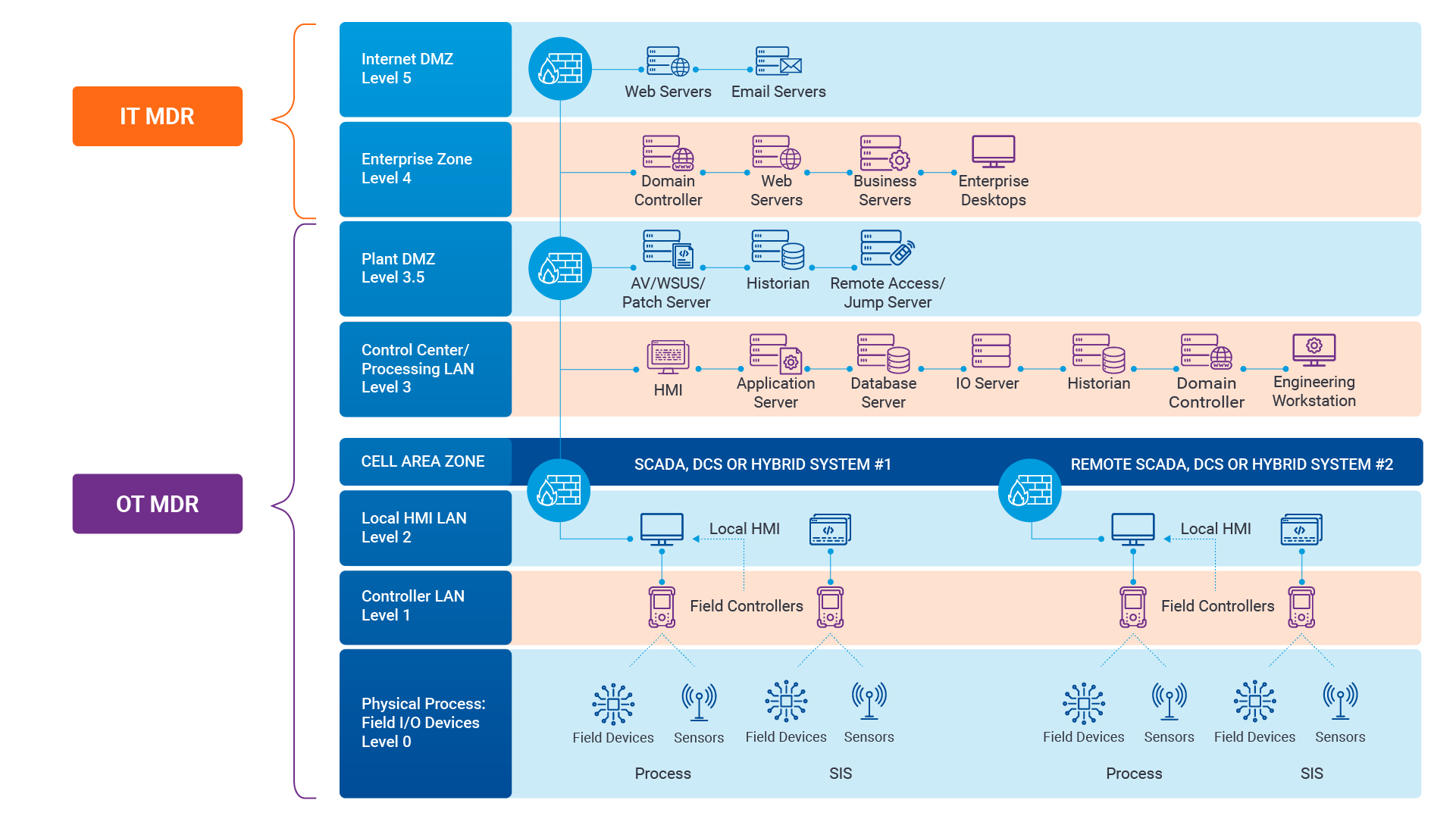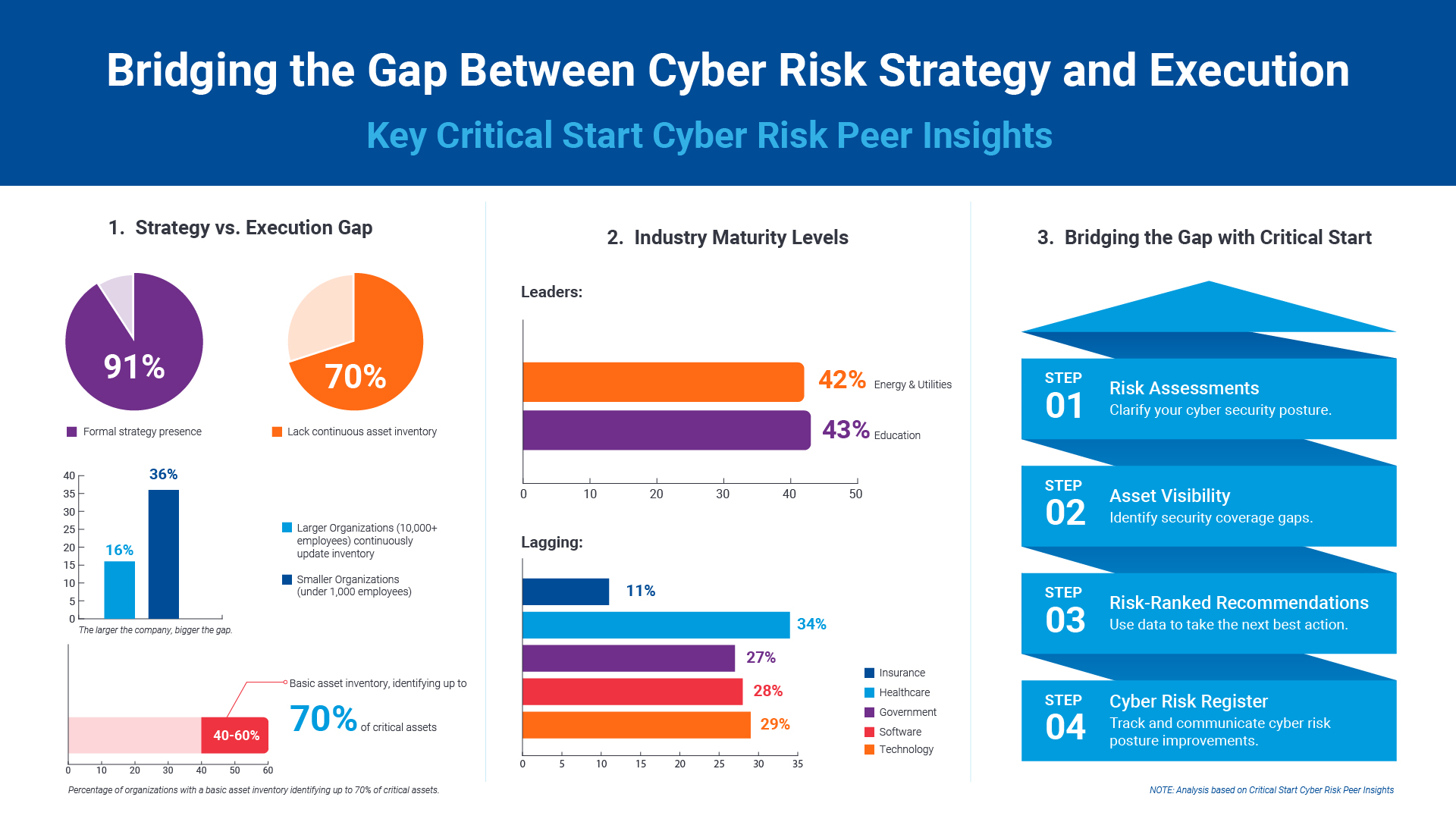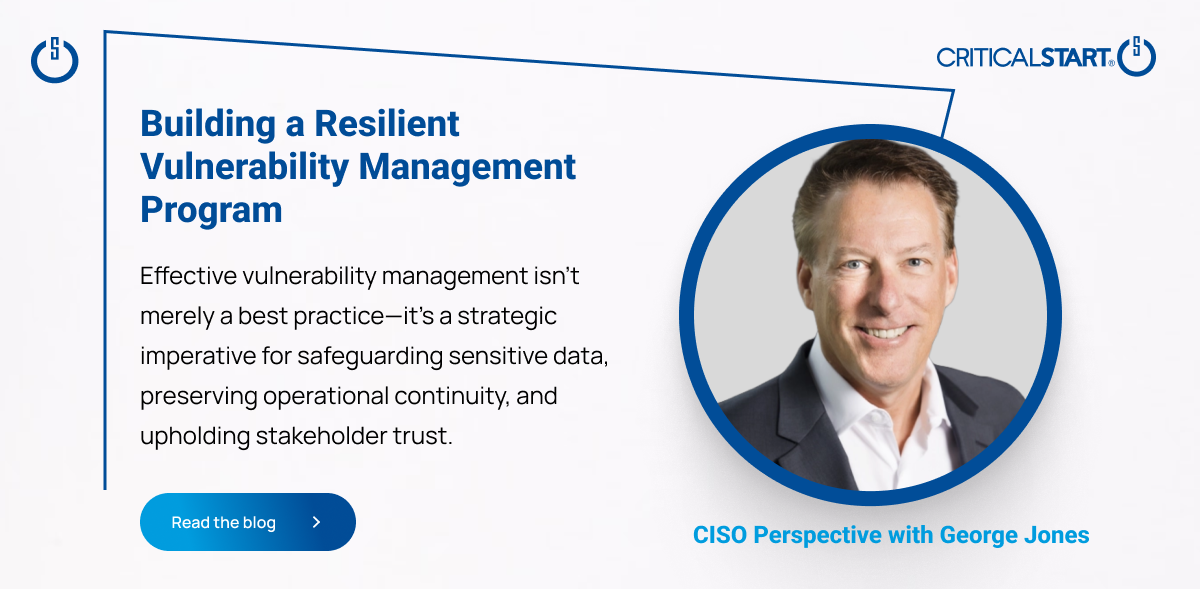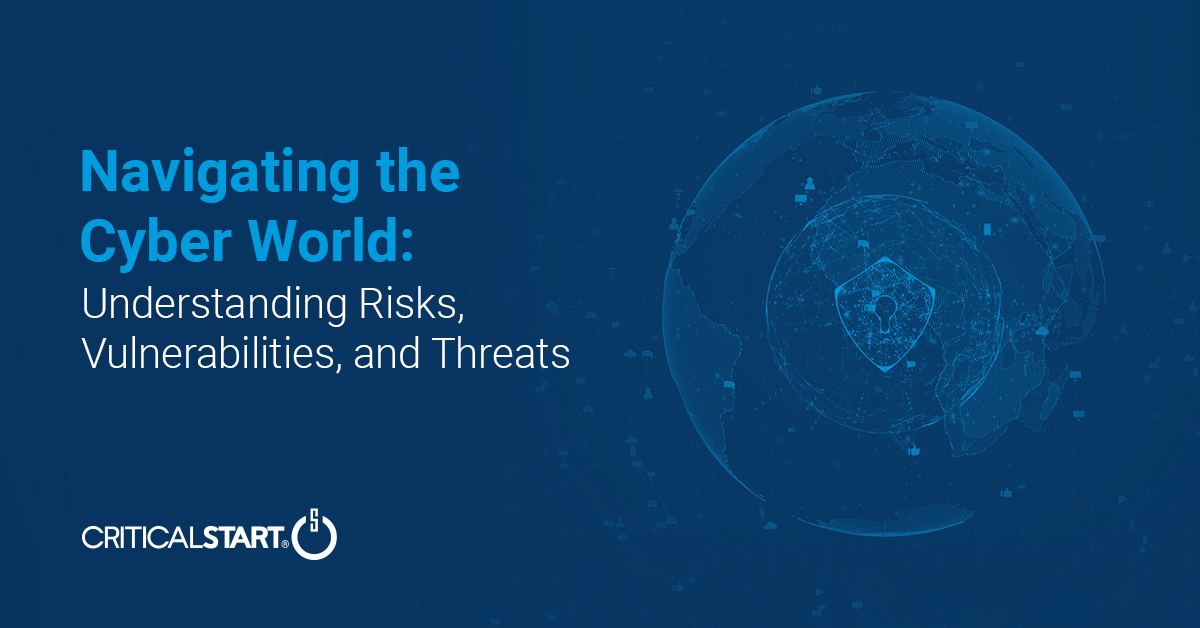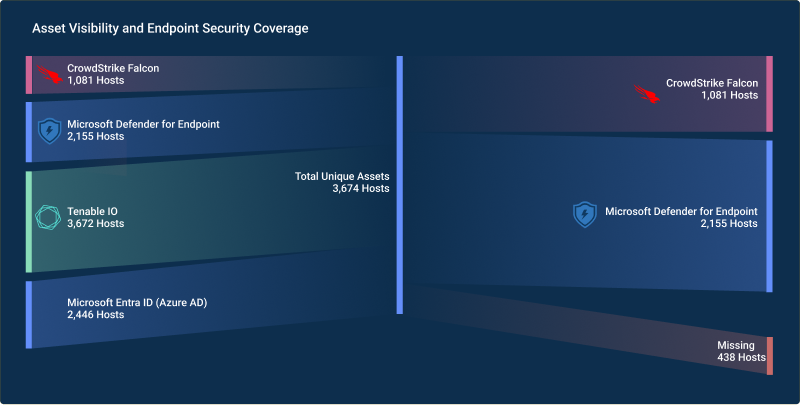As the shortage of security professionals grows, most organizations struggle to attract and retain the talent necessary to mitigate risk. Though analysis efficiency in investigating security alerts is improving with automation advancements, organizations still face an overwhelming number of false positives generated by activity that is not malicious.
When managing false positives, there are three primary methods traditionally used:
- Resource-oriented: This approach adds headcount so there are more analysts to investigate alerts.
- Input-oriented: This approach disables inputs or alters correlation logic that generates alerts.
- Priority-oriented: This approach prioritizes security alerts into critical, high, medium and low. It targets the highest-priority alerts for triage and response until resources are exhausted.
The resource-oriented approach isn’t an option for most organizations due to the high cost and long implementation timelines. Those who have the budget will face the challenge of finding talented analysts and avoiding turnover.
Input-oriented and priority-oriented are both methods of controlling false positives by accepting unquantified risk. Modifying inputs and correlation logic to lessen false positives may prove effective but introduces the risk of missing malicious activity (false negative). Reducing the number of security alerts by ignoring lower-priority alerts or modifying a security product’s alert thresholds doesn’t reduce false positives enough to justify the risk of missing cybersecurity attacks. To address the shortcomings of resource-oriented and input-oriented false positive management, the priority-oriented approach remains prominent and is delivered as a feature by most security products.
Focusing resources on critical alerts at first seems intuitive. However, most security products lack the business context necessary to assign criticality. While some security products integrate with knowledge sources like asset lists and Active Directory to contextualize alert subjects, there is not a scalable way to provide context to the activity generating the alert. The priority-oriented approach accepts risk by ignoring lower-priority alerts that are never resolved. While this decision may have been made by the organization to reduce the number of alerts, it is unlikely diligence was performed to quantify the risk involved. As highlighted by the Target breach, even less “exciting” alerts determined to “not warrant immediate follow up” can lead to a significant breach.
Resolving alerts without accepting risk requires resolving every alert without crippling the effectiveness of security tools by changing alert thresholds or ignoring security events. Because none of the methods of managing false positives above will result in a no-accepted-risk outcome, three principals must be adopted:
- Priority is irrelevant until both the subject and action are reviewed by an analyst.
- Every false positive must be listed in a registry for trusted behavior.
- Every alert should be compared against this trusted behavioral repository to allow automated resolution of false positive (known good events).
The concept of “unprioritizing” is a unique challenge. Prioritization itself isn’t the problem; rather, it’s how prioritization is applied.
By aggregating every alert with the same priority, every alert must be resolved in the order of arrival. During triage, analysts with knowledge of the business and its processes provide the required context for proper prioritization.
Until this context is added, the intent of the alert’s action is unknown. Machine learning (ML) and artificial intelligence (AI) claim to provide value during this step, detecting anomalous user activity, but anomalous does not mean malicious.
Additionally, ML and AI typically rely on cumulative risk scoring, requiring actions to meet a specified level of anomalous activity before triggering a detection, adding the risk of missed detections when malicious behavior doesn’t meet that threshold.
ML and AI may also exacerbate the problem of false positives with environment changes like new domain administrators or employees changing roles. ML and AI increase detection capabilities, but those detections also require triage by analysts.
Though an approach to resolve every alert regardless of priority requires a large initial investment, it does scale over time. Resolving every alert represents the only solution to manage security alerts without accepting unnecessary risk. While risk acceptance is a business decision, previous methods of false-positive reduction fail to present a reasonable alternative that detects attacks before a breach occurs. Resolving every alert provides an alternative to legacy approaches and moves the conversation to reasonable risk acceptance focused on stopping breaches versus controlling budgets.
By Randy Watkins | CTO, CRITICALSTART
Featured in Forbes | January 17, 2020
![]()
Ransomware in 2025: The Real Risk, the Gaps That Persist, and What Actually Works
Ransomware attacks aren’t slowing down. They’re getting smarter, faster, and more expensive. In ...![]()
Security Operations Leaders: The Chaos Is Real
If you’re a CISO, SOC leader, or InfoSec pro, you’ve felt it. Alert volumes spike. Tools multipl...![]()
Transform Vulnerability Management: How Critical Start & Qualys Reduce Cyber Risk
In a recent webinar co-hosted by Qualys and Critical Start, experts from both organizations discusse...![]()
H2 2024 Cyber Threat Intelligence Report: Key Takeaways for Security Leaders
In a recent Critical Start webinar, cyber threat intelligence experts shared key findings from the H...![]()
Bridging the Cybersecurity Skills Gap with Critical Start’s MDR Expertise
During a recent webinar hosted by CyberEdge, Steven Rosenthal, Director of Product Management at Cri...![]()
2024: The Cybersecurity Year in Review
A CISO’s Perspective on the Evolving Threat Landscape and Strategic Response Introduction 2024 has...![]()
Modern MDR That Adapts to Your Needs: Tailored, Flexible Security for Today’s Threats
Every organization faces unique challenges in today’s dynamic threat landscape. Whether you’re m...![]()
Achieving Cyber Resilience with Integrated Threat Exposure Management
Welcome to the third and final installment of our three-part series Driving Cyber Resilience with Hu...Why Remote Containment and Active Response Are Non-Negotiables in MDR
You Don’t Have to Settle for MDR That Sucks Welcome to the second installment of our three-part bl...![]()
Choosing the Right MDR Solution: The Key to Peace of Mind and Operational Continuity
Imagine this: an attacker breaches your network, and while traditional defenses scramble to catch up...![]()
Redefining Cybersecurity Operations: How New Cyber Operations Risk & Response™ (CORR) platform Features Deliver Unmatched Efficiency and Risk Mitigation
The latest Cyber Operations Risk & Response™ (CORR) platform release introduces groundbreaking...![]()
The Rising Importance of Human Expertise in Cybersecurity
Welcome to Part 1 of our three-part series, Driving Cyber Resilience with Human-Driven MDR: Insights...![]()
Achieving True Protection with Complete Signal Coverage
Cybersecurity professionals know all too well that visibility into potential threats is no longer a ...![]()
Beyond Traditional MDR: Why Modern Organizations Need Advanced Threat Detection
You Don’t Have to Settle for MDR That Sucks Frustrated with the conventional security measures pro...The Power of Human-Driven Cybersecurity: Why Automation Alone Isn’t Enough
Cyber threats are increasingly sophisticated, and bad actors are attacking organizations with greate...Importance of SOC Signal Assurance in MDR Solutions
In the dynamic and increasingly complex field of cybersecurity, ensuring the efficiency and effectiv...The Hidden Risks: Unmonitored Assets and Their Impact on MDR Effectiveness
In the realm of cybersecurity, the effectiveness of Managed Detection and Response (MDR) services hi...![]()
The Need for Symbiotic Cybersecurity Strategies | Part 2: Integrating Proactive Security Intelligence into MDR
In Part 1 of this series, The Need for Symbiotic Cybersecurity Strategies, we explored the critical ...Finding the Right Candidate for Digital Forensics and Incident Response: What to Ask and Why During an Interview
So, you’re looking to add a digital forensics and incident response (DFIR) expert to your team. Gr...![]()
The Need for Symbiotic Cybersecurity Strategies | Part I
Since the 1980s, Detect and Respond cybersecurity solutions have evolved in response to emerging cyb...![]()
Critical Start H1 2024 Cyber Threat Intelligence Report
Critical Start is thrilled to announce the release of the Critical Start H1 2024 Cyber Threat Intell...![]()
Now Available! Critical Start Vulnerability Prioritization – Your Answer to Preemptive Cyber Defense.
Organizations understand that effective vulnerability management is critical to reducing their cyber...![]()
Recruiter phishing leads to more_eggs infection
With additional investigative and analytical contributions by Kevin Olson, Principal Security Analys...![]()
2024 Critical Start Cyber Risk Landscape Peer Report Now Available
We are excited to announce the release of the 2024 Critical Start Cyber Risk Landscape Peer Report, ...Critical Start Managed XDR Webinar — Increase Threat Protection, Reduce Risk, and Optimize Operational Costs
Did you miss our recent webinar, Stop Drowning in Logs: How Tailored Log Management and Premier Thre...Pulling the Unified Audit Log
During a Business Email Compromise (BEC) investigation, one of the most valuable logs is the Unified...![]()
Set Your Organization Up for Risk Reduction with the Critical Start Vulnerability Management Service
With cyber threats and vulnerabilities constantly evolving, it’s essential that organizations take...![]()
Announcing the Latest Cyber Threat Intelligence Report: Unveiling the New FakeBat Variant
Critical Start announces the release of its latest Cyber Threat Intelligence Report, focusing on a f...Cyber Risk Registers, Risk Dashboards, and Risk Lifecycle Management for Improved Risk Reduction
Just one of the daunting tasks Chief Information Security Officers (CISOs) face is identifying, trac...![]()
Beyond SIEM: Elevate Your Threat Protection with a Seamless User Experience
Unraveling Cybersecurity Challenges In our recent webinar, Beyond SIEM: Elevating Threat Prote...![]()
Navigating the Convergence of IT and OT Security to Monitor and Prevent Cyberattacks in Industrial Environments
The blog Mitigating Industry 4.0 Cyber Risks discussed how the continual digitization of the manufac...![]()
Critical Start Cyber Risk Peer Insights – Strategy vs. Execution
Effective cyber risk management is more crucial than ever for organizations across all industries. C...![]() Press Release
Press ReleaseCritical Start Named a Major Player in IDC MarketScape for Emerging Managed Detection and Response Services 2024
Critical Start is proud to be recognized as a Major Player in the IDC MarketScape: Worldwide Emergin...Introducing Free Quick Start Cyber Risk Assessments with Peer Benchmark Data
We asked industry leaders to name some of their biggest struggles around cyber risk, and they answer...Efficient Incident Response: Extracting and Analyzing Veeam .vbk Files for Forensic Analysis
Introduction Incident response requires a forensic analysis of available evidence from hosts and oth...![]()
Mitigating Industry 4.0 Cyber Risks
As the manufacturing industry progresses through the stages of the Fourth Industrial Revolution, fro...![]()
CISO Perspective with George Jones: Building a Resilient Vulnerability Management Program
In the evolving landscape of cybersecurity, the significance of vulnerability management cannot be o...![]()
Navigating the Cyber World: Understanding Risks, Vulnerabilities, and Threats
Cyber risks, cyber threats, and cyber vulnerabilities are closely related concepts, but each plays a...The Next Evolution in Cybersecurity — Combining Proactive and Reactive Controls for Superior Risk Management
Evolve Your Cybersecurity Program to a balanced approach that prioritizes both Reactive and Proactiv...![]()
CISO Perspective with George Jones: The Top 10 Metrics for Evaluating Asset Visibility Programs
Organizations face a multitude of threats ranging from sophisticated cyberattacks to regulatory comp...- eBook
Ditch the Black Box: Get Transparent MDR with Critical Start
Tired of MDR providers leaving you in the dark? We totally get it. Our eBook, Unmatched Transparency... - eBook
Why the Most Secure Organizations Choose Critical Start MDR
Frustrated with MDR providers that fall short? We totally get it. Critical Start delivers unmatched ... ![]()
Drowning in Alerts: How to Cut the Noise and Focus on Real Threats
92 percent of organizations say they’re overwhelmed by an endless sea of alerts. It’s not just...
Newsletter Signup
Stay up-to-date on the latest resources and news from CRITICALSTART.
Thanks for signing up!
